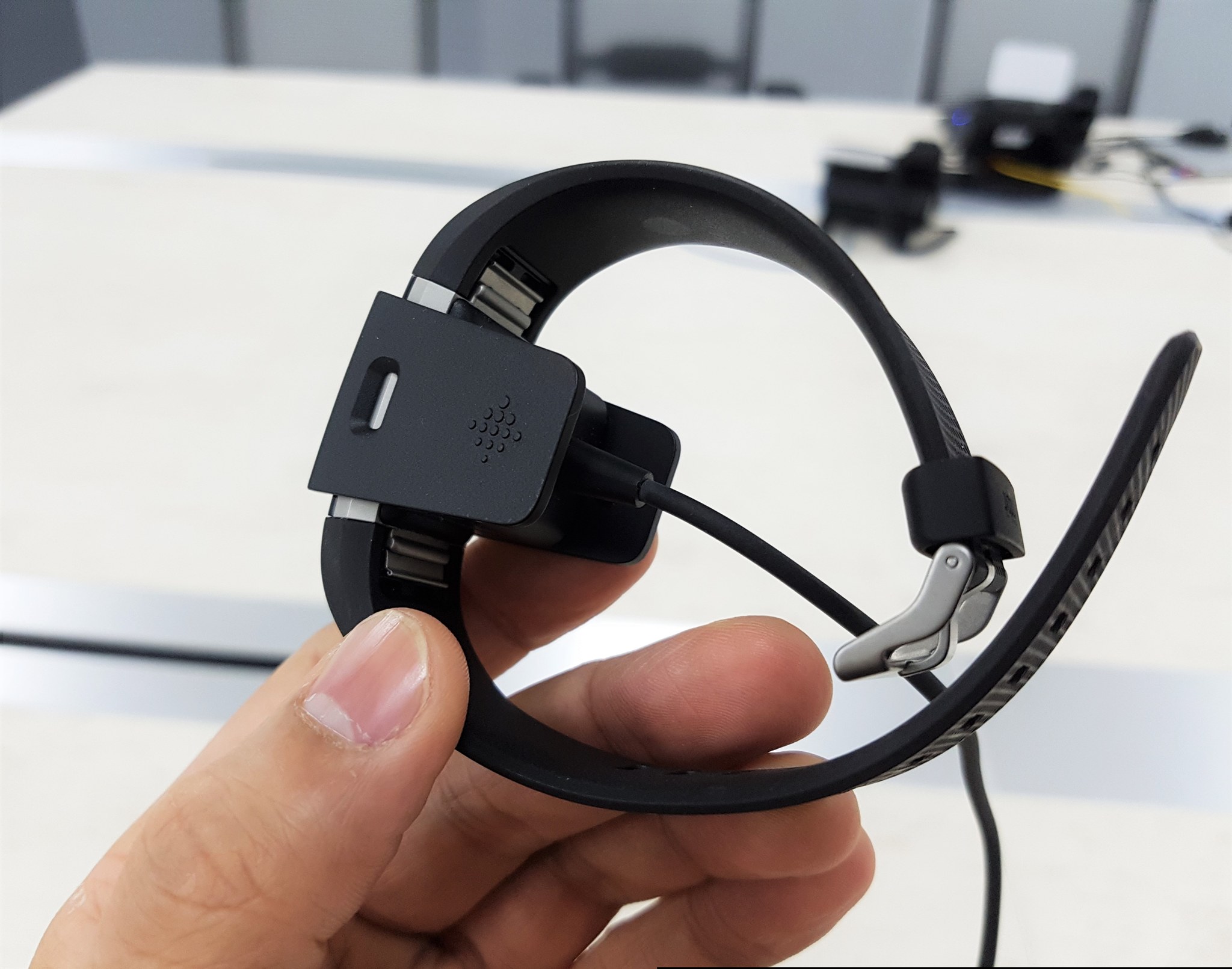
Sleep stages, however, are the most important bit of information. The Sleep Profile is only available to Premium members and works with these devices: Charge 5, Inspire 2, Inspire 3, Luxe, Pixel Watch, Sense, Sense 2, Versa 2, Versa 3, or Versa 4. For a bit of fun, Fitbit introduced a feature called Sleep Profile last fall that provides a Monthly Sleep Analysis and assigns you an animal avatar that most closely matches your sleeping style. Fitbit Premium account holders will see even more details and long-term trends in the Health Metrics dashboard.

The main dashboard on the Fitbit app will give you an at-a-glance breakdown of your sleep stages, but if you tap into the main sleep window you’ll get to see more detail. That could be you simply haven’t worn it for enough nights yet, or it was fastened too loosely on your wrist. If your sleep score is missing, it means the device hasn’t been able to collect enough data. Fitbit says it calculates this based on your heart rate, movements and, crucially, the amount of time you spent in each sleep stage. The first thing you’ll see is the amount of time you spent asleep next to a “sleep score” rating out of 100, which reflects the quality of your kip. Once you’ve woken up, bright-eyed and bushy-tailed the next morning, your tracker will sync with your phone and give you a readout of the night’s sleep. You can also set a sleep schedule for yourself in the Fitibt app. From there, swipe to the bottom and tap on the button labelled Schedule Mode. If you’re using a smartwatch like the Versa 3 or Sense, you’ll need to swipe right to get to the quick settings and then tap on Sleep Mode.įor the latter, you can also schedule Sleep Mode to turn on automatically by swiping left to get to the Settings menu until you see Quiet Modes. If you’re using a Charge 4 or Charge 5, long press the haptic button and tap Sleep (the image above shows the setting on a Charge 4). You should also set the device to Sleep Mode so the display won’t light up like a beacon in the middle of the night if you accidentally brush it.

Fitbit devices worn on a pendant or clip won’t be able to track your sleep. You should also make sure the device is strapped snugly to your wrist so the heart rate sensor makes good contact with your skin. The only thing you’ll need to do is make sure the device is paired with your phone and, in some cases, heart rate tracking is enabled. If you’re wearing a wrist-based tracker or smartwatch (or if you’re a Pixel Watch owner) then the device will start tracking after you’ve been still for an hour. Fitbit introduced automatic sleep tracking all the way back in 2009 and it carries on to this day.


 0 kommentar(er)
0 kommentar(er)
